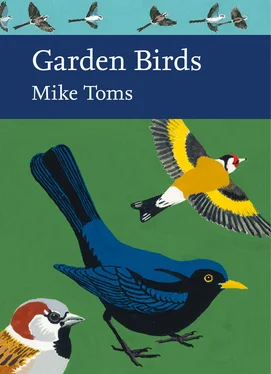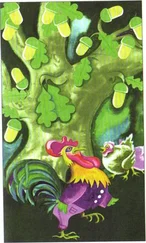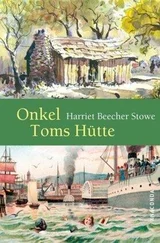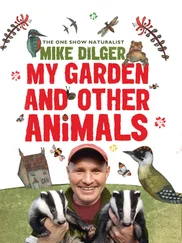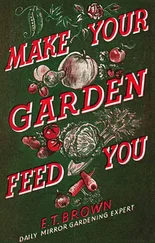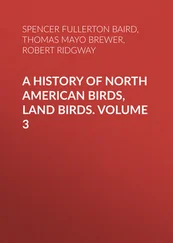1 ...8 9 10 12 13 14 ...26 
FIG 14. Peanuts were one of the first foods provided specifically for wild birds visiting UK gardens. Originally presented loose or in net bags, peanuts are now typically provided in mesh feeders, though their use has fallen with the arrival of new high-energy seeds. (Jill Pakenham)
The provision of food at garden feeding stations, and indeed the wider participation in wildlife-friendly gardening, may also be a response to peer pressures or the development of a shared social ideal, or to the opportunities provided by having the time and/or financial resources required. The ‘luxury effect’ noted by Hope et al. (2003), Kinzig et al. (2005) and others, where wealthier neighbourhoods support greater levels of vegetation cover and have a greater richness of vertebrate taxa, may also apply to the provision of food for wild birds. We’ll return to this as we move through the next two sections.
As well as seeking to understand the motivations for feeding, it is also important to understand any concerns that those feeding wild birds may have about the practice. While some individuals may only see feeding as being beneficial – for their own interest or for the welfare of the birds themselves – others may continue to feed even if they have concerns about particular aspects of the practice. The sample of BTO Garden BirdWatch participants just mentioned were also asked whether they had any concerns about feeding and, if so, what these might be. Just under half of the respondents noted that they did have concerns; those highlighted being the risk of disease transmission, the risk of attracting predators, and the risk of attracting unwanted species to the garden.
THE VARIATION IN FOOD PROVISION
Across northern Europe and North America the feeding of wild birds appears to have once been a winter practice, suggesting that food was provided in recognition of the challenging winter conditions being faced by birds. To some extent feeding remains a winter practice; as data from BTO Garden BirdWatch reveal, the proportion of its participants providing supplementary food shows a strong seasonal pattern with increasing provision during the winter months. Up until the 1980s, the prevailing view was that feeding wild birds during the breeding season would lead to adult birds feeding their young on unsuitable foods and perhaps lead to nestlings choking on ‘indigestible foodstuffs such as peanuts’. Despite this, a pronounced move towards feeding year-round was made during the 1980s, when the advice provided by both the RSPB and BTO switched from winter only to feeding throughout the year.
The switch in BTO’s position was evidence-based and derived from work carried out by Patrick Thompson, who organised a special spring extension to the BTO’s Garden Bird Feeding Survey (Thompson, 1987). The study sought to compare the numbers of feeding birds in the spring with those seen in winter and to determine which species made use of garden feeding stations during this period. Some 181 participants took part in the winter component, with 113 contributing to the spring extension. While fewer species were recorded in the spring component than in the winter, the same species were present in the top 12 in both studies; for some species the level of feeding in spring was as high as, or higher, than that seen in autumn or winter. In House Sparrow, for example, feeding activity peaked in late spring. Other species, e.g. Robin, Blue Tit and Great Tit, used provided food extensively through into the first month of the spring survey, but after this their use of this resource dropped markedly. This drop in use was thought to reflect a shift towards natural prey, which generally become more abundant in spring. That seed-eating species, like Dunnock Prunella modularis and Greenfinch, did not move away from provided food quite so quickly perhaps underlines a lack of seed availability more widely until later into the year.
The second component of Thompson’s study looked at the breeding season use of supplementary food (peanuts) by Blue Tits and Great Tits across 13 gardens at Ashridge Park, Hertfordshire. This population had been studied by the BTO’s Chris Mead since 1977. Chris was a key figure in the development of several projects studying garden birds. The garden-nesting Blue Tits bred significantly earlier than those breeding in nearby woodland and laid larger clutches. There was no difference in the timing of laying between the two Great Tit populations but the garden-breeding birds laid significantly smaller clutches than their woodland counterparts, and there was no significant difference in the fledging success of either species between the two habitats. The feeding habits of the adult tits were also carefully monitored. While Great Tits were very rarely seen to feed their young on peanuts (less than 7 per cent of visits), the Blue Tits were never seen to do this. Importantly, no young tits were reported to have died from ingesting nuts.
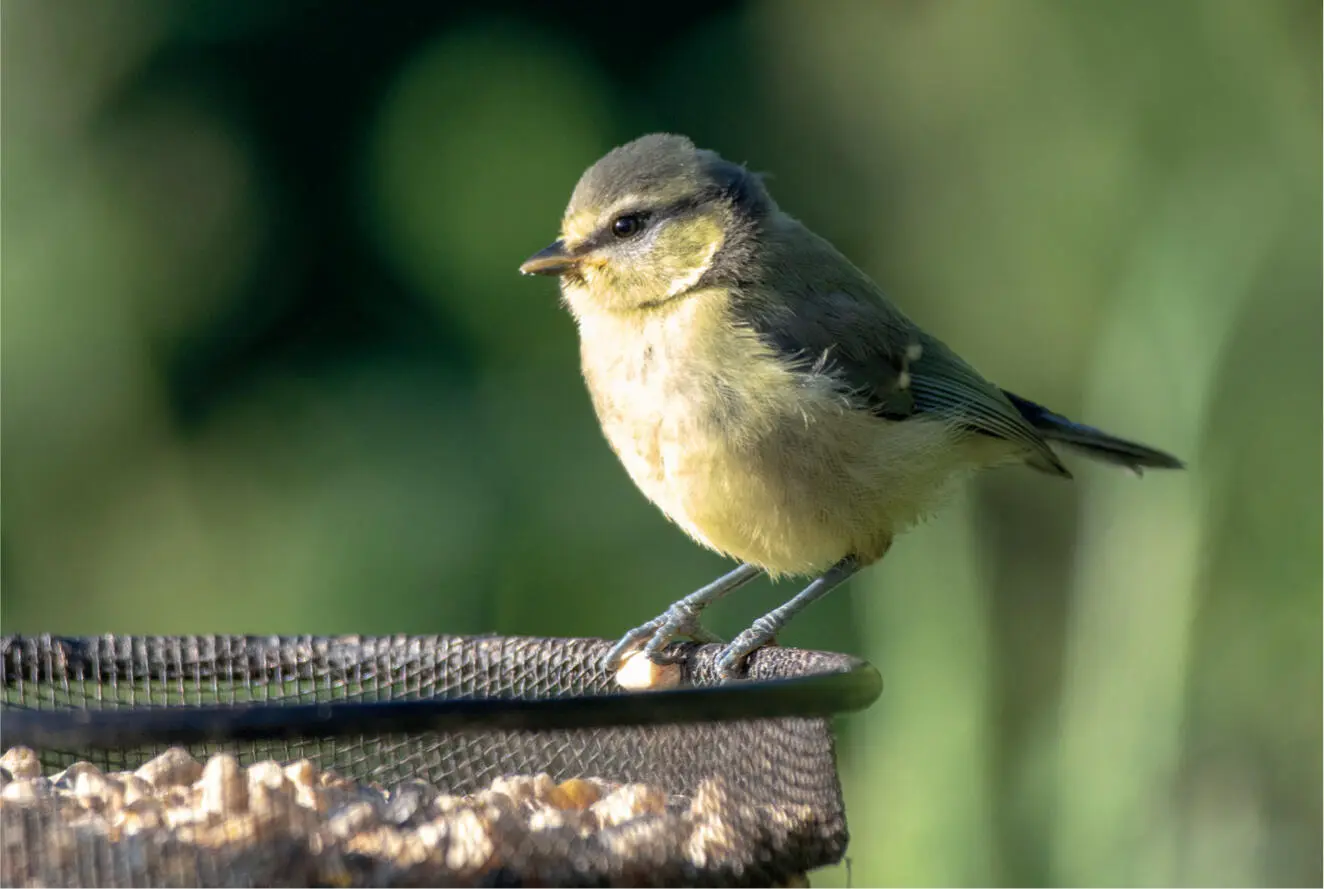
FIG 15. While the food available at garden feeding stations appears to be important to young Blue Tits once they have left the nest, it is only rarely provided to nestlings by adult birds. (John Harding)
Elsewhere, both Cowie & Hinsley (1987) and Perrins (1979) have noted a lower fledging success in tits using gardens compared to woodland habitats, with much of this down to chick starvation, despite the fact that supplementary foods are available in this habitat. This underlines the reluctance of adult tits to feed their young on supplementary food. Collectively, the evidence from Thompson’s study and the wider literature convinced BTO to change its advice on year-round feeding, recognising that the extra food may provide a ‘valuable food source to adult birds’. The advice to switch to year-round feeding in Germany was made even more strongly by Peter Berthold and Gabriele Mohr, both respected researchers, whose book Vögel füttern, aber richtig – loosely translated as ‘feeding birds, but right’ – made a scientifically based case for year-round feeding. Although initially criticised in some scientific circles, the book was well received by birdwatchers, shifting 50,000 copies within two years of first publication. Figures from the UK, taken from the RSPB’s marketing study, suggest that winter and summer feeding levels are now fairly similar, at least in terms of the proportion of people providing food (53 per cent summer and 59 per cent winter).
DIFFERENCES BETWEEN INDIVIDUALS
The suspicion that some people are more likely to put out food for birds than others has proved difficult to test, in a large part because of the methodological difficulties in securing a random and representative sample of respondents when carrying out questionnaire-based studies. The scale at which the data are collected can also cause problems for their interpretation. Fuller et al. (2012), for example, found that three different measures of socioeconomic status – household income, the age of householders and the number of individuals comprising the household – were poor predictors of bird feeding behaviour at the national level; however, all three were found to be strongly related to both the presence of bird feeding and the spatial density of bird feeding stations when they just looked at the city of Sheffield. It appeared that by aggregating data at a wider scale, the researchers had averaged away important fine-scale differences. The Sheffield data revealed that bird feeding and the spatial density of bird feeders increased as household income increased but showed an interesting ‘humped’ relationship with the age and number of householders.
Читать дальше
